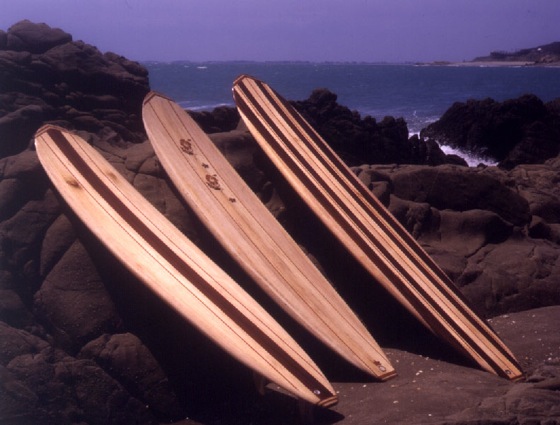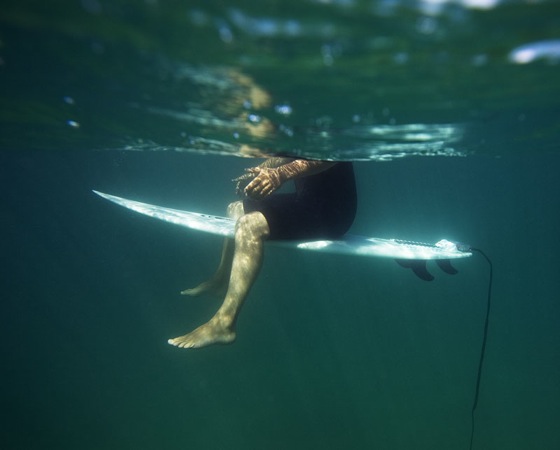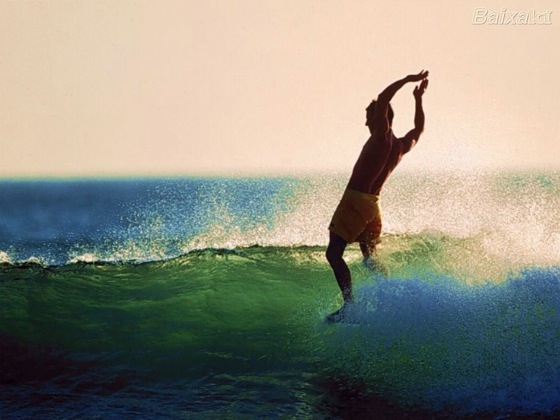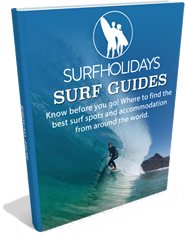Out in the surf there are a lot of different types of surfboards to choose from, and different styles of surfing. One of the most pronounced differences between surfers is whether they surf a shortboard or a longboard. The style of riding is completely different to watch and to do. So here is the breakdown so you will know what to try on your next surf holiday:
- 1- History

If you are looking for classic surfing longboards are for you. Longboards have been around for thousands of years, originally made of wood and ridden by Hawaiian royalty. Shortboards on the other hand are a very modern invention first appearing on the scene in the 70s when their snap and carve style of riding took off.
- 2- Shape and Size

Physically longboards and shortboards are worlds apart. Longboards tend to be from 9ft to12ft in length, they are round nosed and normally have a single fin. Longboards are designed to be buoyant and cruisey in the water. However, shortboards can vary between 5ft6” to 7ft in length, usually have 3 fins, and would traditionally have a pointed nose. Shortboards are fast paced, designed to drop into step waves and turn quickly.
- 3- Material

Although shortboards and longboards can be made of fibreglass to make them lightweight, there can be differences of material when it comes to longboards. A traditional longboard is shaped out of balsa wood, however the wood makes it heavy to carry and transport, so tends not to be as popular as lightweight fibreglass.
- 4- Paddling

There is a difference in how shortboards and longboards can be paddled into the line up. Shortboards are laid on and then simple front crawl strokes are used to paddle the board. However, longboards can have the same technique used, there is an alternative if a surfer kneels on the board and uses both arms at the same time to propel the board forward.
- 5- Riding

Finally the one of the most significant differences between longboards and shortboards is the actual style of surfing a wave. Shortboards are fast, enabling surfers to drop into steep waves; into fast, barrelling waves; to turn, carve, slash, and even perform aerial maneuvers. Longboards draw a very different line, smoothly cruising along the wave face. They can catch waves further out and less powerful than would be needed for a shortboard. Experienced surfers can perform tricks on longboards by walking up and down the board, and even walking to the nose and hanging their toes over the end. It is more like a dance on the wave than its shortboard counterpart. However, longboards are also ideal for beginner surfers, especially during learn to surf holidays as they are so stable and make catching waves easy.






 Francesca Bingley
Francesca Bingley






